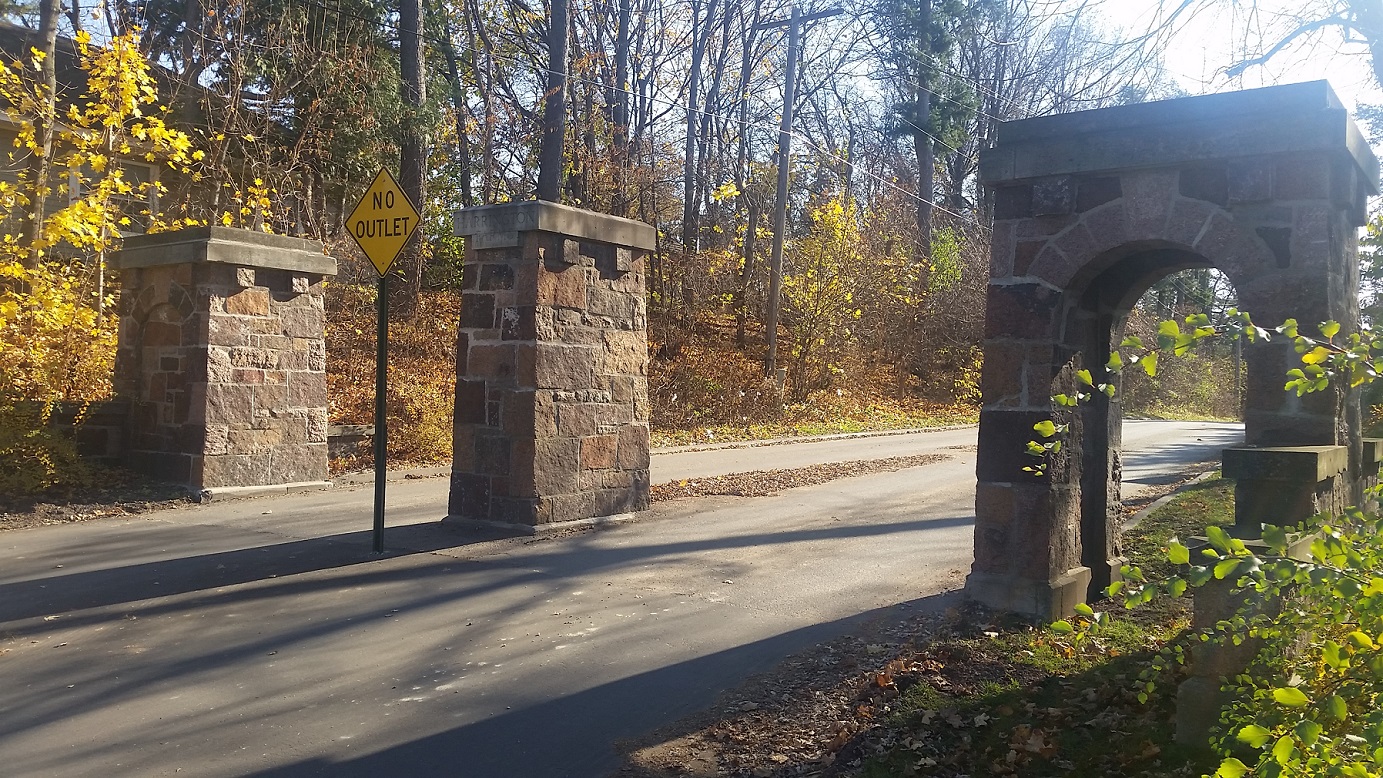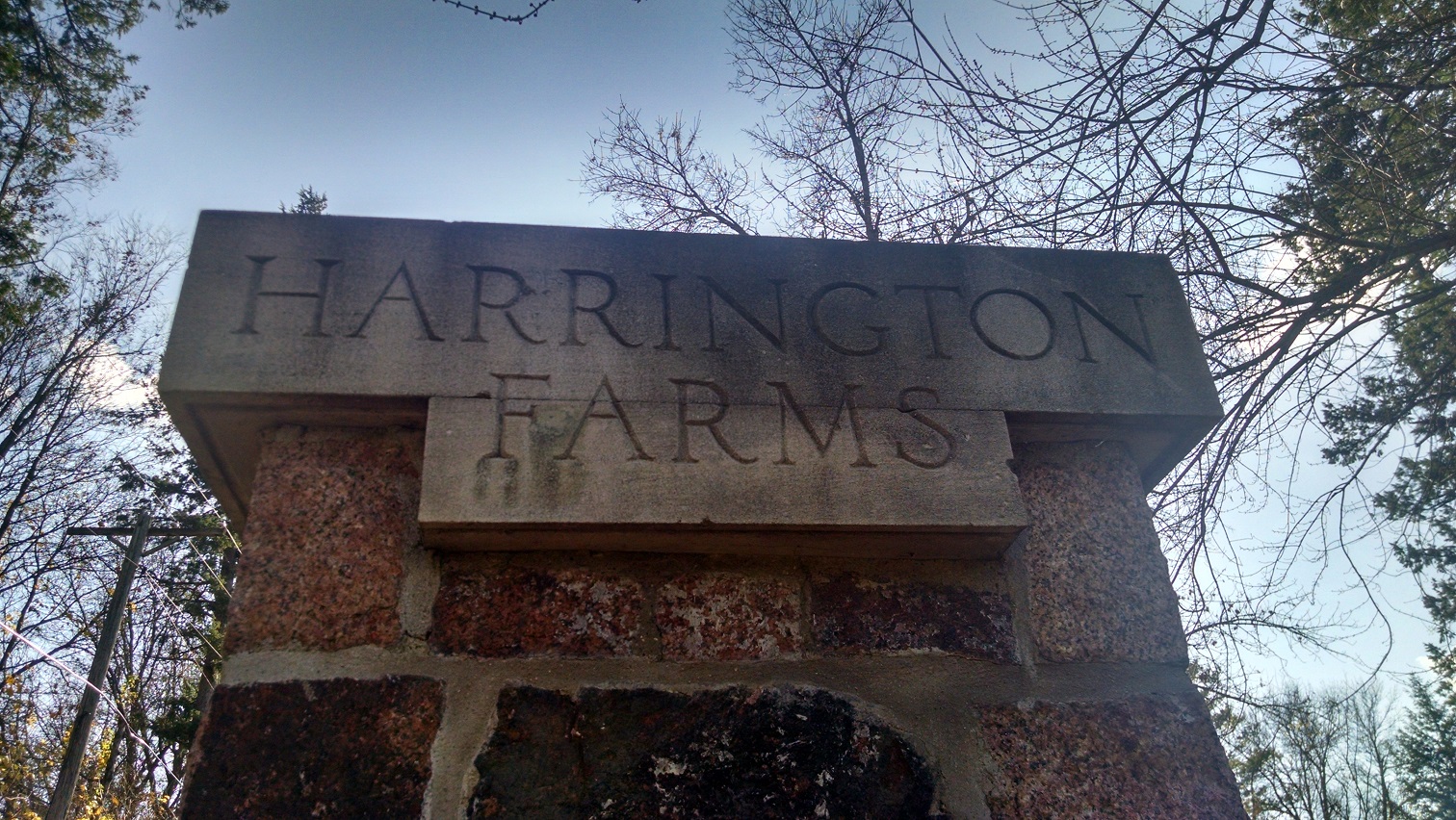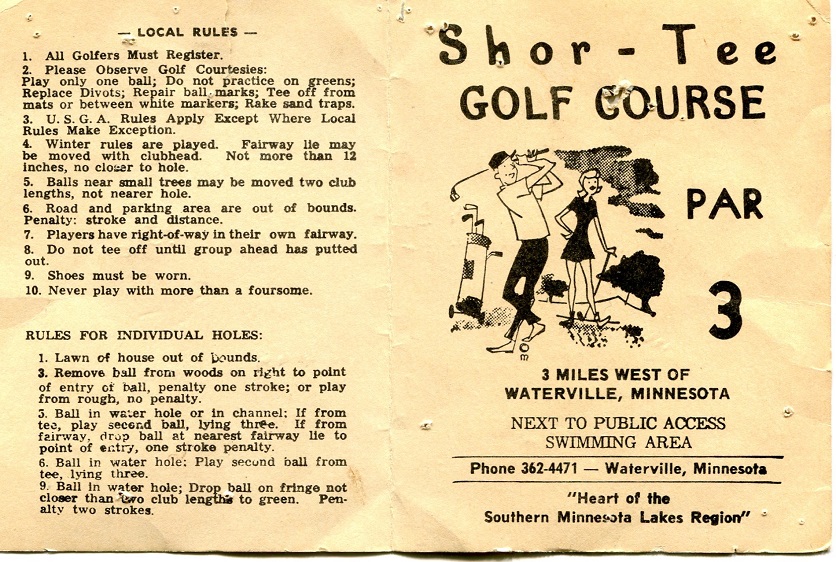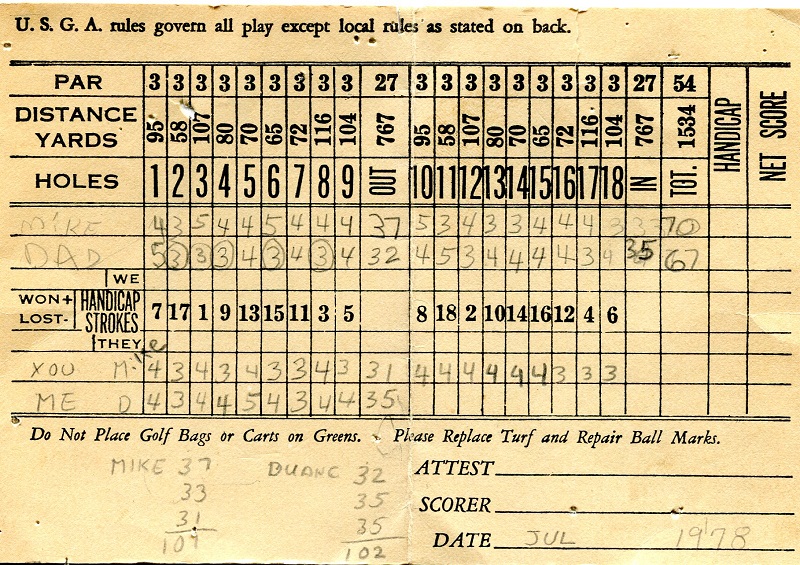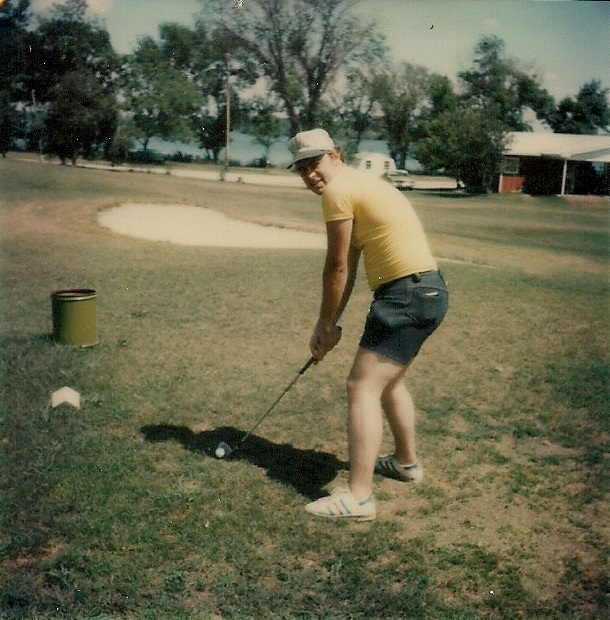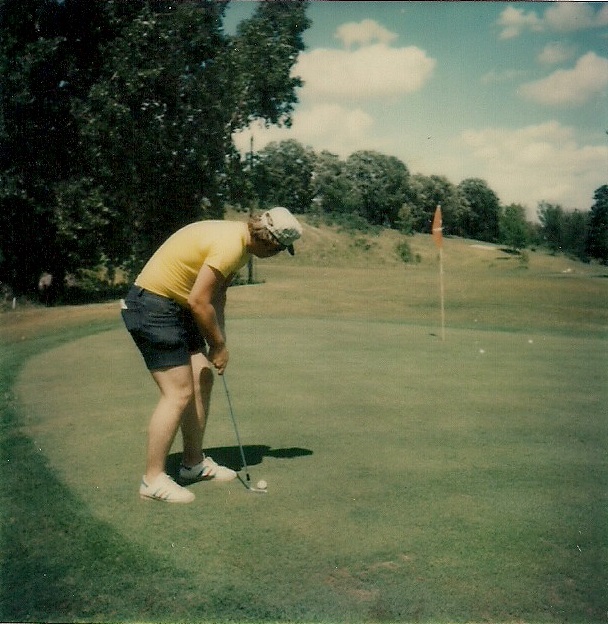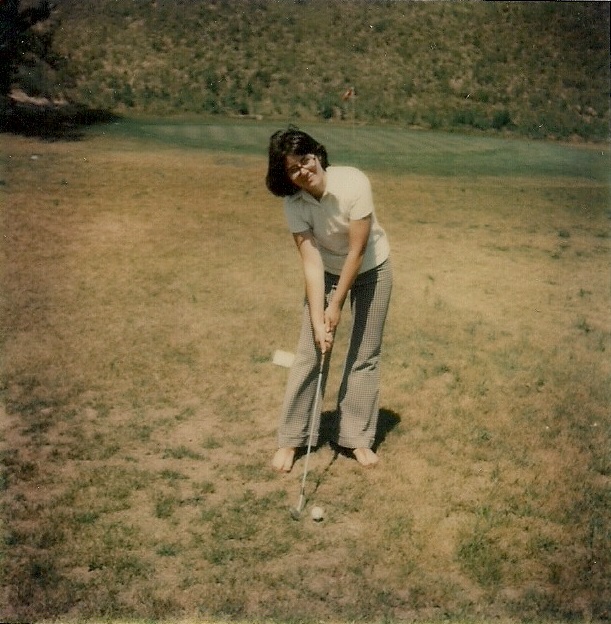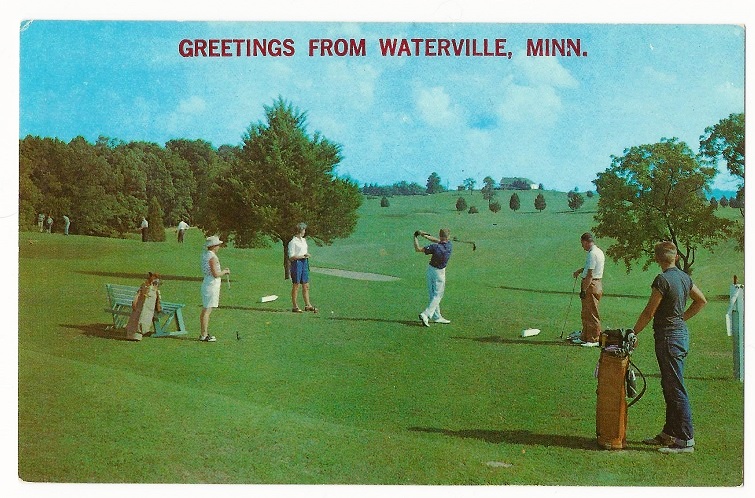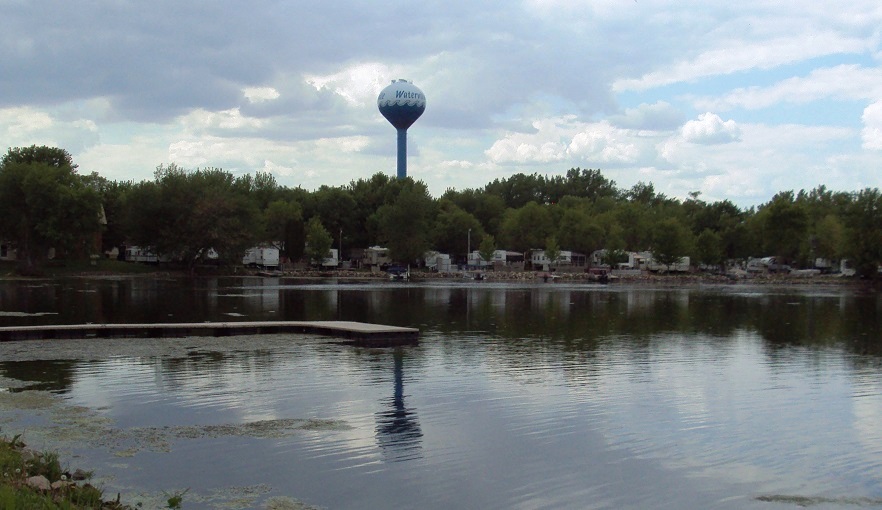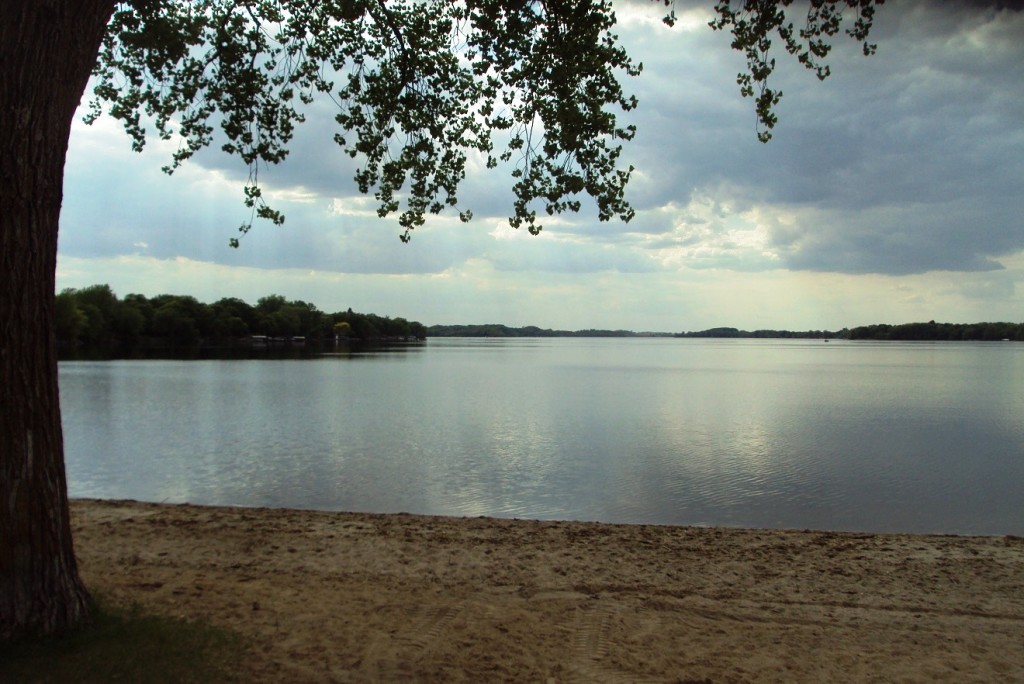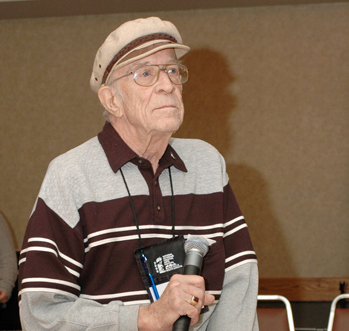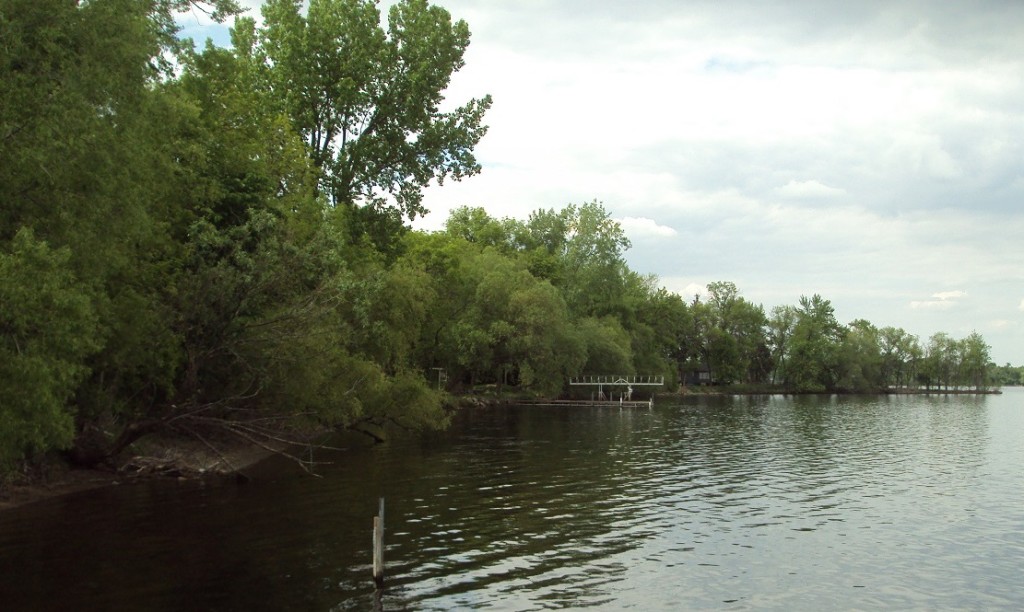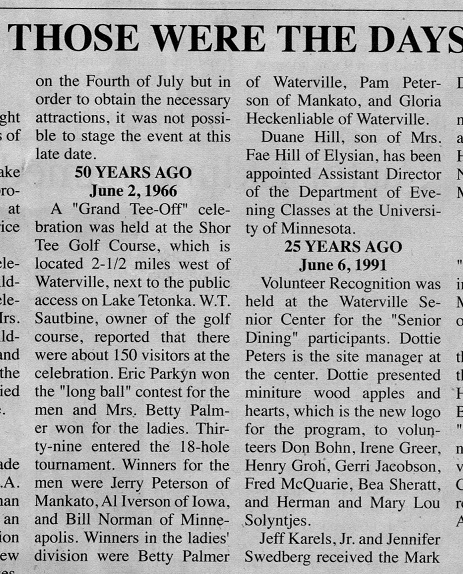Funny thing about lost golf courses. Just saying there once was a golf course in Bryn Mawr or Mendota Heights or North St. Paul or, as I did last week, Wayzata’s Ferndale neighborhood, is fine — as far as it goes. But evidence to back a claim goes a long way — otherwise, people will look at you like you told them Elvis is still alive and belting out “Kentucky Rain” weekdays in a Golden Valley rest home.
Pretty sure he isn’t, though I’ll bet you could find someone there with pipes enough to sing a resounding version of “Amazing Grace.”
But I digress, chordially speaking. The thing is, with lost golf courses, it helps to have supporting detail before you say there was a golf course here or there or wherever.
So, since it has been revealed that there once — in the 1899 golf season only — was a little practice course in Wayzata’s toney Ferndale neighborhood, it seems incumbent on the revealer to do a bit more revealing.
Where exactly was this course? Follow along.
“The first teeing ground,” the Minneapolis social magazine The Courant reported on July 27, 1899, of the six-hole Ferndale practice course, “is on Mr. F.H. Peavey’s land near the farm house, and the balance of the course is on Mr. C.A. Bovey’s and Mr. Dean’s ground. The sixth hole lies in front of Mr. Rand’s house.”
Well, there you go. Easy Peavey. Dust off the old plat maps, synch up property lines and it should take, oh, 15 minutes to figure out where the little, old, six-holer lay. …
… Um, not so fast.
The starting point of the Ferndale practice course is clear, even if “Mr. Peavey’s land” is an understated reference to something pretty much palatial. The estate of Minneapolis grain magnate Frank Hutchinson Peavey, named Highcroft, occupied 111 acres on high ground away from the Lake Minnetonka shores of southwest Wayzata. It featured a 30-room mansion off a private drive (that path is now Highcroft Road). The estate was designed by the famed Warren Manning; the mansion was designed by the famed William Channing Whitney. (The former Highcroft estate and some surrounding land technically is not part of modern-day Ferndale; it is in the Highcroft neighborhod. The neighborhoods’ histories, however, are inextricably intertwined, and for the purposes of trying to keep a spider web of history as simple as possible, we’re pretty much calling the entire shootin’ match Ferndale.)
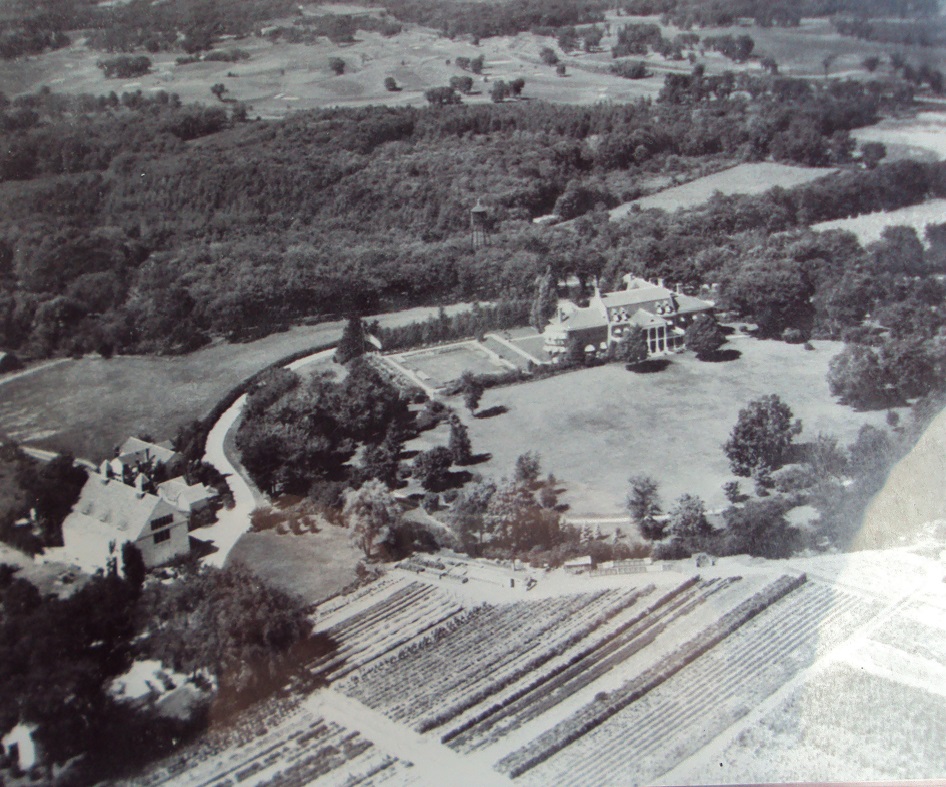
- Historic aerial photo of the Highcroft estate founded by grain magnate F.H. Peavey in Wayzata. Courtesy Keith Schafer. I believe the open area at the top of the photo is part of Woodhill Country Club. The open area near the mansion is the south side of Highcroft, with farm buildings to the left (west/southwest). The Ferndale practice golf course likely had its first tee near the right or bottom-right part of the photo. The Highcroft mansion was demolished in 1953.
On the southwest side of the Highcroft estate were a half-dozen secondary structures, some used in operation of a dairy farm. South of the mansion was a large, lush garden.
Near all of that, there was, briefly, a first tee.
Best guess is that the Ferndale golf course opened just to the northwest of the intersection of what is now Ferndale and Highcroft Roads. It headed south, onto Charles Argalis Bovey’s property, judging by an 1898 Hennepin County plat map. From there, the course must have continued further south onto “Mr. Dean’s ground,” marked “Cordelia R. Dean” on the plat map.
And then what?
What of “Mr. Rand’s house”?
That reference threw for a loop at least a dozen people I interviewed — including Wayzata historical experts, a Rand family member and a former Highcroft estate resident. There is no parcel on the 1898 plat map assigned to “Rand.” A 1913 plat map shows “A.T. Rand” as the owner of a parcel that coincides with what likely was part of the golf course, but no readily available maps show Alonzo T. Rand owning that parcel before the 20th century.
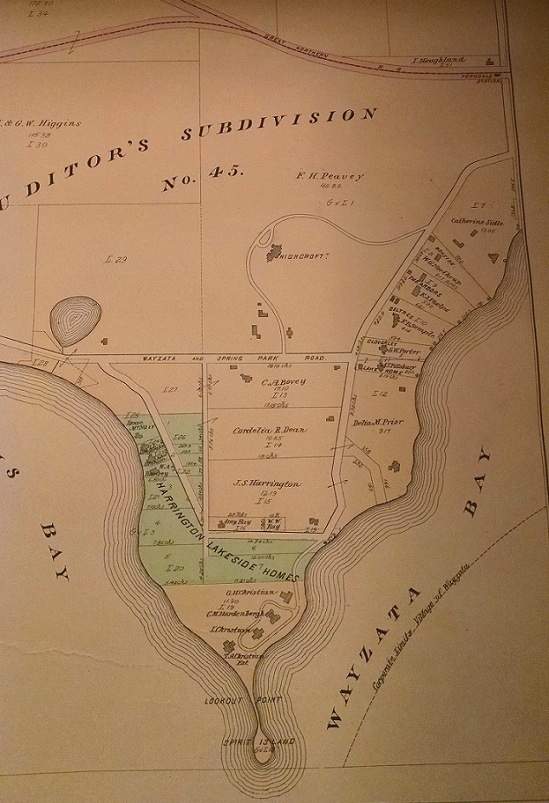
Internet searches and book references at first only lent confusion to Alonzo Rand’s 1899 whereabouts. The common theme that comes up in researching Rand is that his Ferndale residence was an estate named Beltres — but on the 1898 plat map, Beltres, along the Wayzata Bay shoreline, is owned by F.B. Semple and not within a well-struck midiron of where the Ferndale golf course lay.
If all of this is more convoluted than Jim Furyk’s swing plane, Thelma Jones’ 1957 Lake Minnetonka history book “Once Upon a Lake” offers an excuse. Wrote Jones: “To move cottages, to exchange them, to incorporate them into larger edifices was as much a part of the Ferndale ethic as it was to do the same with businesses.”
Back to the harder-than-Hades task of trying to determine Alonzo T. Rand’s 1899 Ferndale residence. A clue:
In 1905, Rand, then a widower, married one Anne Semple — the recently widowed wife of Frank B. Semple, who died in 1904 and who at the time owned the Beltres estate. On July 1, 1906, the Minneapolis Journal reported that “Mr. and Mrs. A.T. Rand and their family, who have been occupying the A.T. Rand house on the hill at Ferndale, moved into the Semple house last week.”
The “Semple house” was Beltres.
That clears up the abundant references linking Rand and Beltres but still doesn’t pinpoint Rand’s 1899 Ferndale whereabouts. That was finally done via the 2016 re-emergence of the historic Minneapolis Tribune digital archives.
On Oct. 15, 1899, the Tribune reported:
“The Bovey residence, which A. T. Rand purchased in the spring and which occupies one of the most beautiful heights around the lower lake, has been extensively improved by alterations and additions.”
At last, confirmation that Rand in 1899 owned a house coinciding with the location of the Ferndale golf course. The Rand house presumably lay on the western half of the property marked “C.A. Bovey” on the plat map. And the final hole of the Ferndale practice course lay nearby.
Rand, as well as the Deans, Boveys and Peaveys, endured flying gutta-percha across their properties for a matter of mere months. On May 2, 1900, the Minneapolis Tribune reported the demise of the Ferndale golf grounds.
“The Ferndale links, which were used last season by the cottagers of the vicinity, have been given up,” the newspaper reported. “They were not of the best, and occupied so much private property in their course that they could not have been put in condition without heavy expenditures. The new course on the Lafayette club grounds will be the resort of the golfers who spend their summer at the lake.”
So the Ferndale gang packed up their hickory shafts and reconnoitered. The big hitters of Minnesota golf’s fledgling days continued to “grow the game” a century before that term became popular. They returned to their home courses, particularly Minikahda, played the new Lafayette club course, which officially opened in 1900, or branched out to new playing fields, quite likely spreading the word about their wonderful — and often infernal — new hobby.
THE END.
BUT NOT QUITE.
Postscript: Many decades later, in the 1970s, Phil Reith, golf professional at Wayzata’s Woodhill Country Club, was enlisted by one James Ford Bell Jr. to slip on down to his Ferndale property to offer swing tips. Bell was an accomplished man — waterfowler, conservationist, philanthropist, chairman and CEO of Red Owl Stores — and played golf at Woodhill and Florida’s noted Seminole course, among others, though Reith implied in a telephone interview that Bell’s golf game perhaps wasn’t Jason Day-esque and that some friendly advice was indeed in order.
To aid his game, Bell had set up a two-hole practice course on his property — the same property his grandfather had bought from the Dean family in 1906.
“He had two greens and a sand trap and a ball washer,” said Bell’s son Ford Bell, who still lives on part of the property. “He used to be out there every day … night after night.”
The younger Bell says he still can see the outline of one of the practice greens, on the high ground of Ferndale, almost squarely in the middle of the peninsula — and almost directly in the path of the old Ferndale practice course, as it made its way northwest, through Cordelia Dean’s property and back across Charles Argalis Bovey’s property on its way to Alonzo T. Rand’s front yard.
